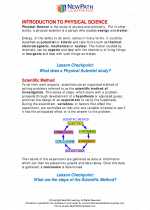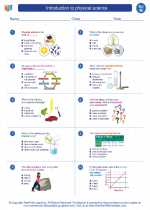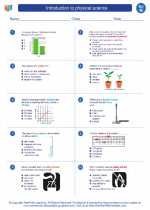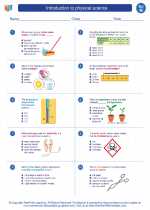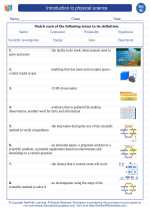Environment
The environment encompasses all living and non-living things that surround an organism or species. It includes the physical, chemical, and biological factors that influence the growth, development, and survival of living organisms. The study of the environment involves understanding the interactions between living organisms and their surroundings, as well as the impact of human activities on the natural world.
Components of the Environment
The environment can be divided into two main components: biotic (living) and abiotic (non-living). Biotic components include plants, animals, and microorganisms, while abiotic components consist of air, water, soil, sunlight, and physical factors such as temperature and climate.
Ecological Concepts
Ecology is the scientific study of the interactions between organisms and their environment. Key concepts in ecology include:
- Population: A group of individuals of the same species living in a particular area.
- Community: All the populations of different species that live and interact in a particular area.
- Ecosystem: A community of organisms and their physical environment, interacting as a system.
- Food chain and food web: Descriptions of the transfer of energy and nutrients through different organisms in an ecosystem.
- Biogeochemical cycles: The movement of elements such as carbon, nitrogen, and phosphorus through the living (biotic) and non-living (abiotic) parts of an ecosystem.
Human Impact on the Environment
Human activities, such as deforestation, pollution, overfishing, and climate change, have significant impacts on the environment. Understanding these impacts and finding sustainable solutions is essential for the long-term health of ecosystems and the planet.
Study Guide
To study the environment effectively, consider the following key points:
- Understand the different components of the environment, including biotic and abiotic factors.
- Learn about the interactions within ecosystems, including energy flow and nutrient cycling.
- Explore the impact of human activities on the environment and the potential solutions to environmental problems.
- Consider the importance of conservation and sustainability in maintaining a healthy environment for future generations.
